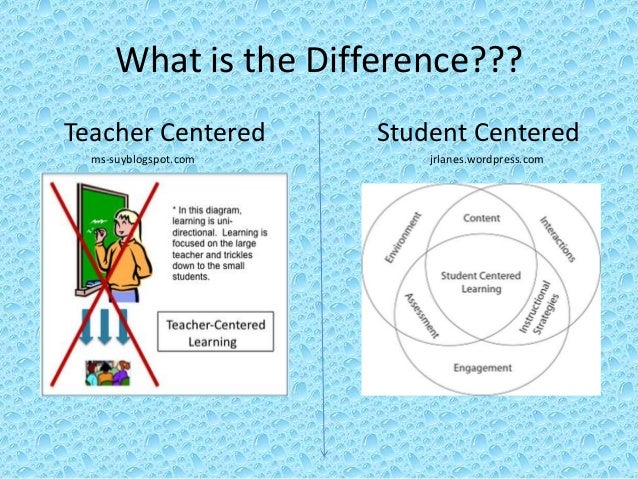When we talk about teaching methods, instructor-centred vs. student-centred is a worthy topic of discussion. In Instructor-centered class, instructors focus on themselves as the center of the course, they dispense knowledge to students. While in student-centred, students are self-guided constructors of knowledge. (Crosslin, 2018) In an instructor-centred class, it is easier for instructors to control the whole process of the class. The learning direction and purpose are more clear. While in a student-centred class, students have more opportunities to present their needs. Students are more active. In my opinion, to achieve better teaching and learning results, the instructor can choose different centers to depend on different course directions and student requirements. For example, in a large size class or online course, it is different for instructors to meet every single students’ needs. Students need self-directed learning. However, in elementary school or where students need more help from the instructor, instructor-centred classes are more helpful. However, as Crosslin mentions in this week’s reading, no matter what kind of methods be used in every course, the goal should be to push learners into a place of learning how to learn about the course topic, so they can become self-directed. (Crosslin, 2018) The most important point is the course can arouse the student’s learning interest and have the ability to direct themselves.

Synchronous and asynchronous are also important factors to influence a course. As Crosslin explains, in a synchronous course, students consume the materials at the same time and place, discuss course topics during class time, and complete assignments in class, such as traditional lectures. Asynchronous refers that students consume the materials at different times, post to discussion boards at different times, and complete assignments at different times such as online courses. (Crosslin, 2018) In my opinion, in a synchronous course student can meet their instructors and classmates face-to-face which is good for social communication. Also, all of the students are available to participate at the same time. While, for the asynchronous course, time schedule and place of classes are flexible. Like the online course I am taking, I can build my own schedule. What is more, I am a shy person who does not speak up in class. But online courses give me the chance to interact with professors and peers online which is much more comfortable for me. Both of the approaches have their benefits, instructors can choose either of them depend on the real situation.

As Siemens explained, “Connectivism is driven by the understanding that decisions are based on rapid altering foundation.” (Siemens, 2005) In this digital age, information is constantly updated. Instead of quitting learning when reaching a certain age or acquire certain knowledge, we need lifelong learning. Also, knowledge and learning are built on a variety of perspectives. Learners should have the ability to connect different information. Knowledge grows and updates rapidly, compared with what we know currently, access to what is needed is more important. (Siemens, 2005)
References:
Crosslin, M. (2018). Basic Philosophies of Distributed and Open Learning. Retrieved from https://uta.pressbooks.pub/onlinelearning/chapter/chapter-2-basic-philosophies/
Siemens, G. (2005). Connectivism: A Learning Theory for the Digital Age. International Journal of Instructional Technology and Distance Learning, 2(1). PDF File.
Leave a Reply